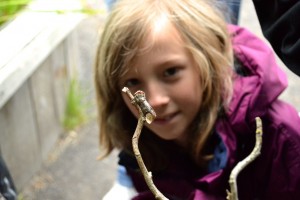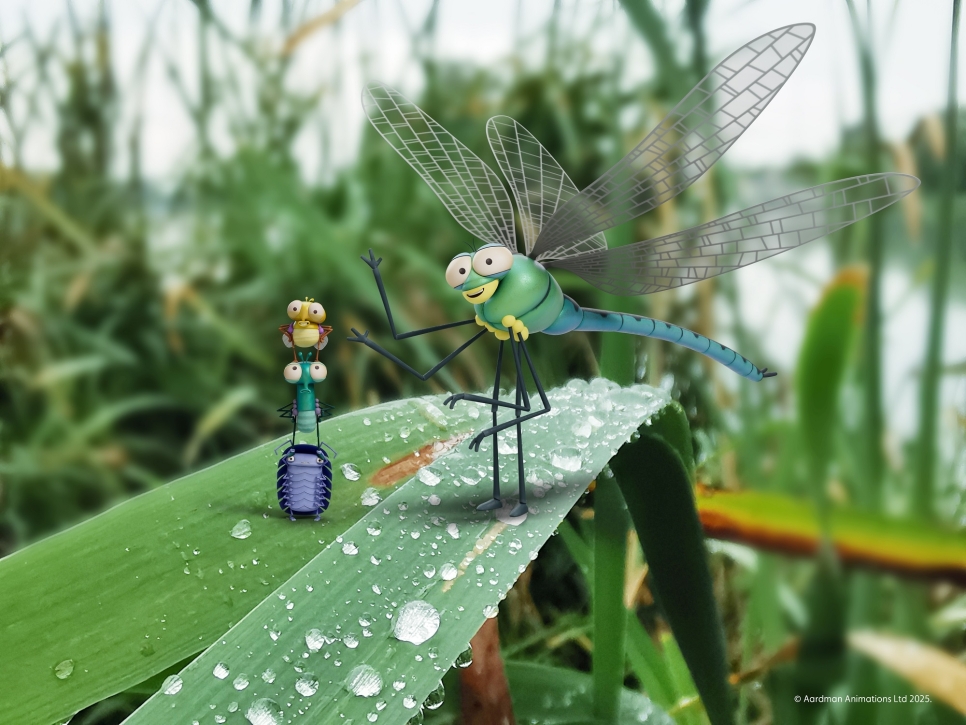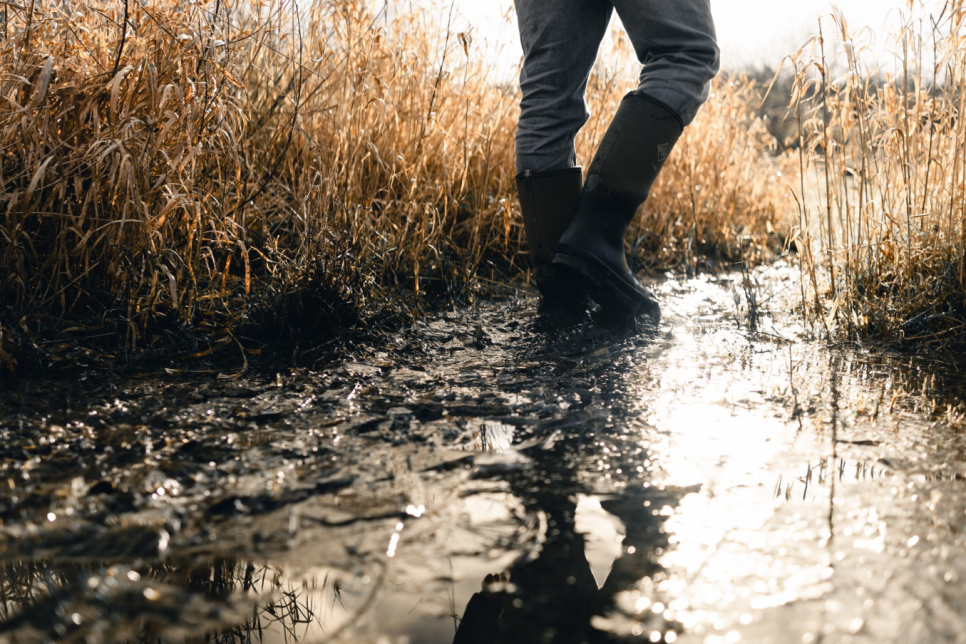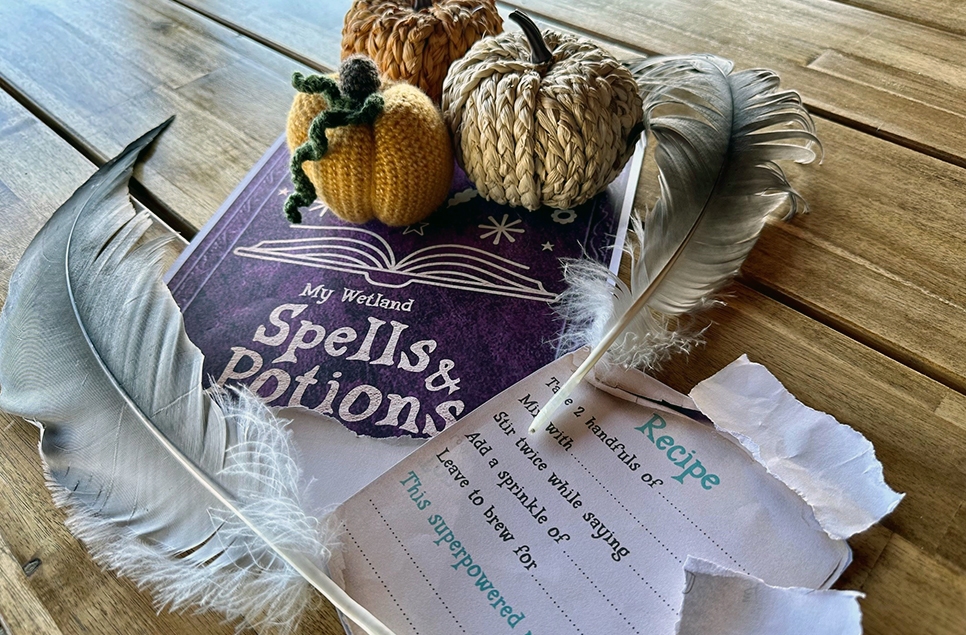BioBlitz reveals rare and unexpected wildlife here in Llanelli!

Last weekend we held our first ever BioBlitz event, coinciding with Wales Biodiversity Week and a large number of other BioBlitz events around the country, including at WWT Arundel Wetland Centre (see http://www.wwt.org.uk/visit/arundel/news/2013/06/wwt-arundel-news/bioblitz-reveals-scarce-dragonfly-and-rare-plants-at-wwt-arundel/). The grand total number of species recorded by the end of the day on Sunday here at Llanelli was 412, and additional records have been received since then!
Species highlights from the event included sightings of great white egret, ruff and tawny owl for the birds, foxes and extensive signs of water vole and otter for the mammals, as well as special species from other groups including common lizard, palmate newt, slow worm, broad-bodied chaser, hairy dragonfly and many, many more...
On our bat survey, visitors learned how to identify bat poo (!), and how to use bat detectors to differentiate between different species, and were treated to a huge number of sightings of soprano and common pipistrelles actively feeding above their heads! The survey team found an incredibly fresh otter spraint, next to a duck egg that had been stolen but then abandoned, leading us to wonder if we had just disturbed the culprit...
Although the poor weather limited the number of flying insects, our moth trapping was still very successful. We recorded the fantastic elephant hawk moth, poplar hawk moth, peppered moth and the amazingly well-camouflaged buff-tip! All together, the moths made up around 10% of our species total!
We also recorded some special “firsts” for the centre! Common twayblade orchid (Neottia ovata) was spotted in the grounds, along with Tozer's epipterygium moss (Epipterygium tozeri), which is not only a first for our centre but has only ever been recorded once before in Llanelli! We also recorded ribbed bog moss (Aulacomnium palustre), the closest existing record for which is 5km away, and a fungus called Albugo lepigoni , recorded for the first time on the saltmarsh. So all in all, a very successful two days of wildlife surveying!



